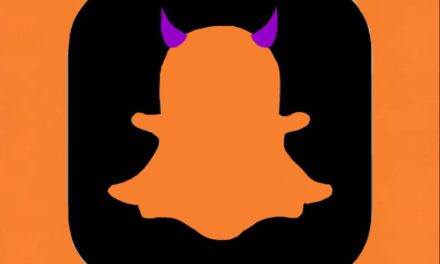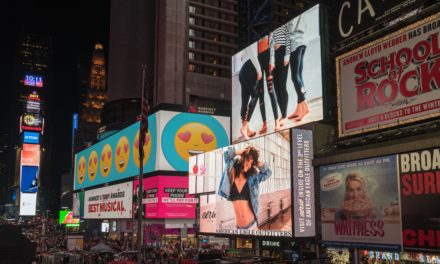Repost from: https://marketingland.com/consumers-spent-a-record-6-22-billion-online-on-black-friday-252380
Shoppers dropped a record $6.22 billion online on Black Friday, according to Adobe Analytics data released this weekend — an increase of 23.6 percent over last year.
Adobe’s report is based on an analysis of more than 1 trillion visits to U.S. specific sites and 55 million SKUs.
The shopping weekend was peppered with new holiday shopping records and emerging trends such as an increasing number of consumers making purchases on the actual Thanksgiving holiday, usually from their phones.
Shoppers are going straight from the turkey to their phones. Though we’ve reported before that consumers are starting their holiday shopping earlier than ever, Adobe’s data shows that Thanksgiving Day itself is now the fastest growing shopping day with 28 percent growth in revenue over last year (though Salesforce reported a less impressive, but still solid 18 percent growth). And marketers were prepared: Adobe found that, for the first time, online prices on Thanksgiving Day were as low as on Black Friday.
Salesforce reported that consumers were literally taking to their phones immediately after dinner, with mobile usage ramping up after 4 pm and peaking between 8 pm and 10 pm, local time. Salesforce based its numbers on a variety of sources including shopper data, consumer engagements and public social media conversations and surveys.
“The trend of people increasingly shopping online on Thanksgiving has developed over the past few years,” an Adobe Analytics spokesperson said. “We attribute this to many consumers being on the road or with family during the holiday, and they’re using this time to shop (often via mobile). The takeaway for marketers is there’s an opportunity to market to consumers on and around Thanksgiving Day – not only the traditionally known shopping holidays like Cyber Monday and Black Friday.”
Consumers are phoning it in. Black Friday was also the first day ever to see more than $2 billion in sales coming from smartphones alone, according to Adobe’s research.

Adobe’s running total as of today.
Consumers made a staggering $2.1 billion in purchases on their phones on Black Friday, obliterating the current record of $1.4 billion set on Cyber Monday last year. More than one-third (33.5 percent) of online Black Friday sales were made on smartphones, compared to 29.1 percent on Black Friday last year.
“Retailers and brands have finally cracked the code with the mobile user experience,” Rob Garf, VP of industry strategy and insights at Salesforce, said. “Shoppers can now engage with ease and convenience that finally break down the traditional friction between inspiration and purchase.”
New trends. Another trend that’s coming into focus this holiday season is the rise of the Buy Online Pick Up In-Store (BOPIS) customer that doesn’t want to spend time shopping inside a brick-and-mortar location, and instead “clicks and collects.” Adobe reported that BOPIS sales were up 50 percent over last year, making it something that maketers should watch, and make easier. We’ve also seen an increase in social referrals — Salesforce says that retail traffic driven by social is up 41 percent from last year.
Why it matters. While another Black Friday is in the books, the holiday season is just getting started. Cyber Monday is underway and Adobe predicts that it will be the largest online shopping day in history, expected to generate a mind-boggling $7.8 billion in sales — 17.6 percent more than last year. As of 10 am Eastern time Monday, Adobe Analytics was reporting that Cyber Monday had already reached $531 million in online sales.
Though savvy marketers should look at the shopping season with a wider lens that just the Black Friday/Cyber Monday weekend, it’s clear that there is still a lot of opportunity there. Marketers should focus on making the mobile experience better and pace their sales and promotions throughout the holiday season, instead of focusing solely on Black Friday.
Even some of the challenges retailers faced this weekend can provide excellent lessons to marketers. Out-of-stock messages derailed customers and caused those retailers to lose sales. Adobe said that more than 2 percent (2.18) of product page visits saw out-of-stock messages over the weekend, up slightly over the season average 2.12 percent, but below Thanksgiving’s (3.26 percent) and Black Friday’s (2.85 percent).
Adobe notes that these cost retailers up to $140 million in lost online sales over the weekend, up to $120 million on Thanksgiving and up to $177 million on Black Friday — a waste that could have been avoided.














